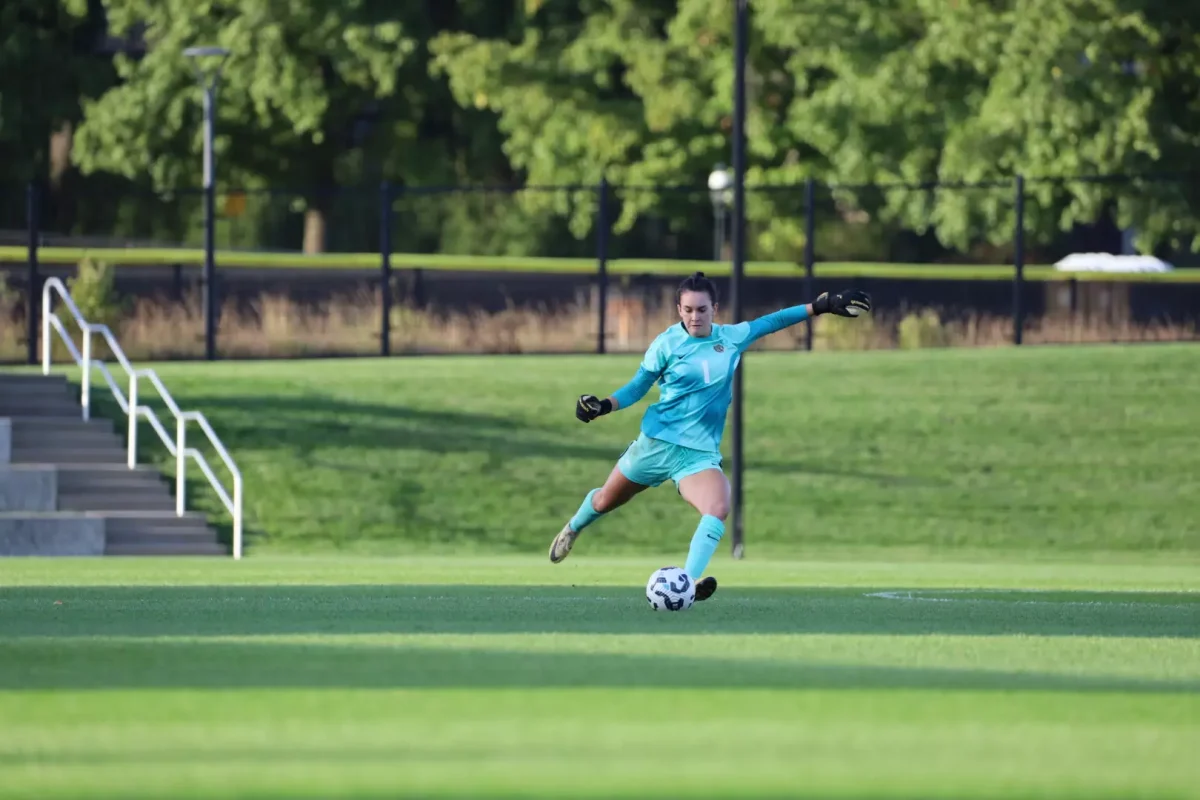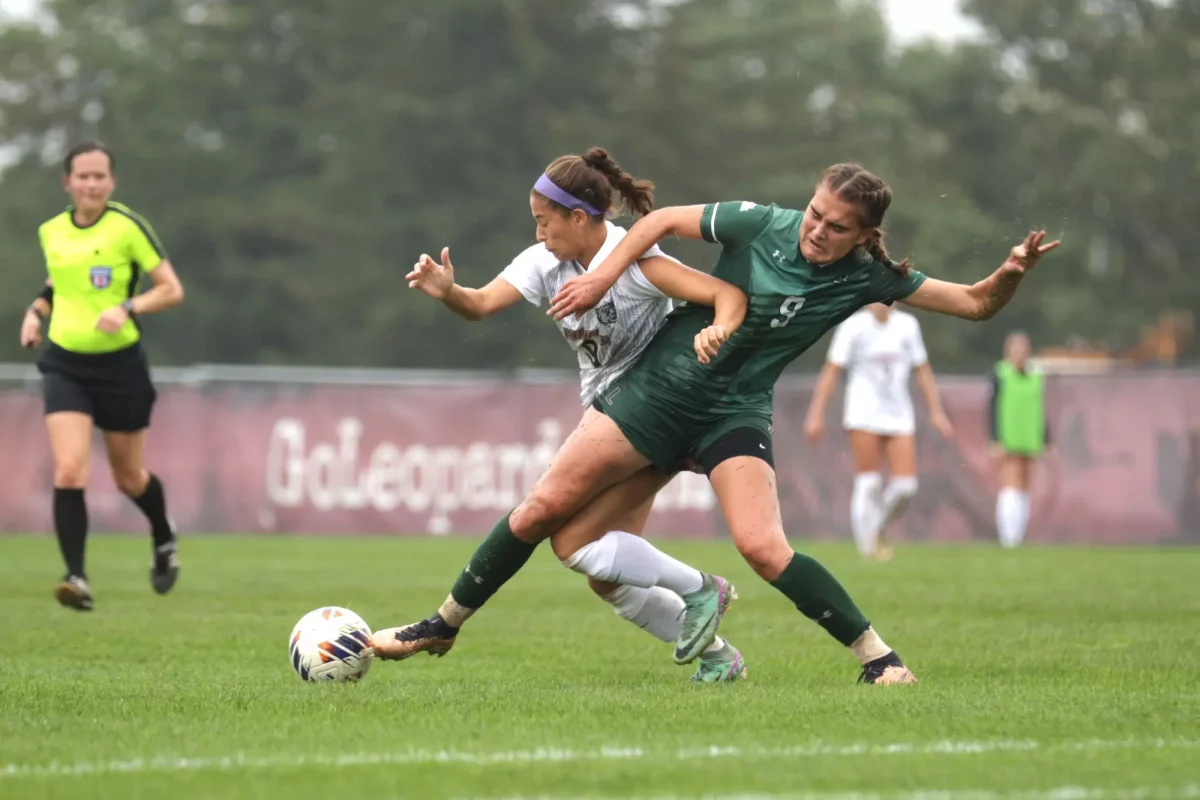As the college heads into summer break before the 2021-2022 academic year, the hiring of new professors is underway. With calls to diversify the faculty from student groups and the potential growth of the student body after the drop in enrollment caused by the pandemic, this year’s hiring process is especially crucial.
According to Professor Jamila Bookwala, the dean of the faculty and chair of the diversity, equity, and inclusion council, the college has filled five of the nine positions for tenure track professors. The remaining four searches are somewhere ranging from the interview stage to “waiting to hear back on an offer.” This doesn’t include the searches for visiting and adjunct professors, she said.
The addition of new professors comes as the pandemic drastically altered the college’s plans to grow the size of the student body. The incoming class of 2025 was around the size expected for 2024 pre-pandemic, but Provost John Meier said he is confident that the college can overcome the setback.
“We’ve got a robust incoming class that suggests that enrollment is not going to be a long-term issue. This year, we’re down a bit in enrollment and it looks like that was just a temporary issue that we’re going to have to be working through,” Meier said.
Meier also emphasized that the number of faculty hired is dependent upon the student body size, as one of the goals of the college is to keep the student to faculty ratio low and class sizes small.
“The student faculty ratio that we have, and where we would like to stay is ten to one, because you want classes of a size where you can have some direct interaction with the faculty member which makes it easier to talk about difficult topics,” he explained. “I think our average class size is about nineteen students per class, but we’d love to have that number get lower.”
“Basically everybody at the College got a pay cut” as a result of the pandemic, Meier said, but now all salaries and benefits are back to what they were prior to the pandemic as of April 1. He noted that all the new faculty hires are already built into the budget, and will not be affected.
Another aspect of new faculty hirings is the emphasis on the diversity. Last fall, Dear Lafayette, a black-led student coalition on campus, demanded an increase in faculty of color as well as diversity screening and training.
Marcus Alston ’24, a leader of Dear Lafayette, noted that it is almost impossible to have productive classes, especially those that talk about race, led by professors that have never experienced racism.
“Sometimes it’s just a little off-putting to have a very privileged white person teach you race as if I don’t live it in my everyday life,” they said. “I feel like having black faculty will sort of allow students of color in these spaces where race is talked about to feel comfortable because in regards to a conversation around race, if I had a black professor, I feel like I’d be a little bit more comfortable to have those conversations and be open about what I feel and not have to cater or like change what I have to say to the people in the room.”
Bookwala noted that the college implemented a Strategic Hiring Initiative, which seeks to recruit “more members of underrepresented populations to positions in all disciplines,” according to the Lafayette website. She added that at every step of the process, from recruiting applicants to finalizing the shortlisted candidates, diversity and the prioritization of underrepresented scholars are at the forefront.
The search committees for new faculty members for a particular department are made up of two professors from the department, the department head, and one additional faculty member from outside the department. They go through extensive diversity and inclusion training on how to conduct equitable interviews and how to diminish bias in the process.
Speaking about recruitment specifically, Bookwala emphasized the importance of seeking out minority applicants, either through social media, websites such as Latinos in Higher Ed or through word-of-mouth from current professors.
“We work with hiring committees…on ways to run equitable searches; we hand them a bunch of tools, including a lot of data about where they might find more diverse applicant pools,” Meier explained. “We have all the sorts of conversations about if you want a diverse pool, you actually have to actively seek a diverse pool rather than just sit back and hope you end up with one.”
Savanna Touré ‘21, another leader in Dear Lafayette, said that the techniques used by the search committees lacked a sense of transparency. She said that many students feel left in the dark on how successful these initiatives and strategies actually are.
“I think a major problem is transparency over their hiring, because they do recruitment through LinkedIn, they do recruitment to newspaper ads, but we never hear about the outcome of that,” Touré said. “Like, how many people are really applying through those portals and how many are people of color and how many are queer and how many are disabled?”
Bookwala noted that the college’s demographics have been improving. Compared to 16% in 2016, 2020 had 21% professors of color. She added that diversifying the faculty is definitely a long and slow process, but the college will continue to work as the college grows.























































































































